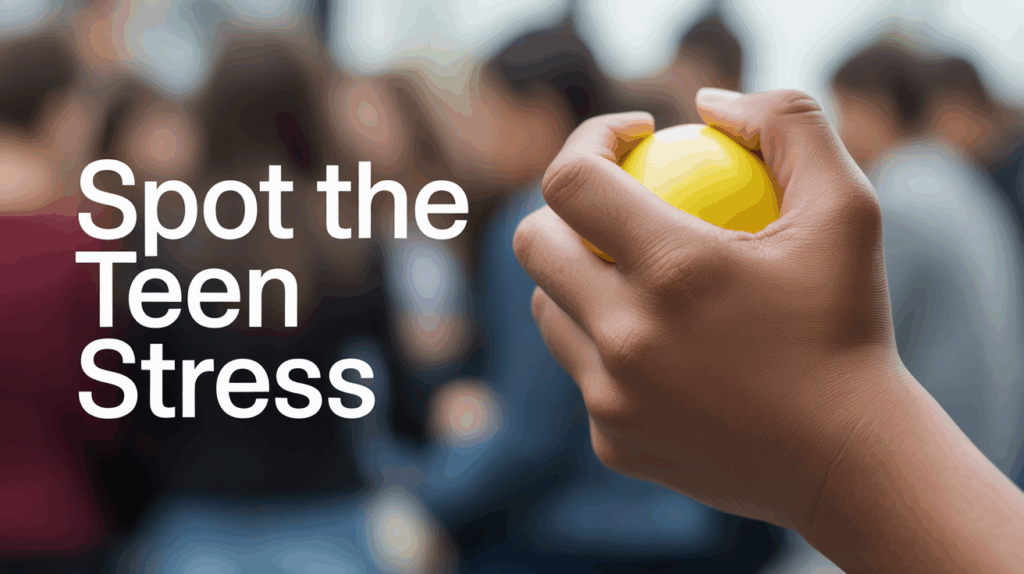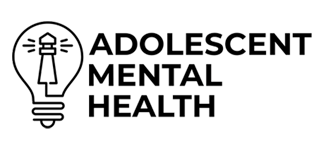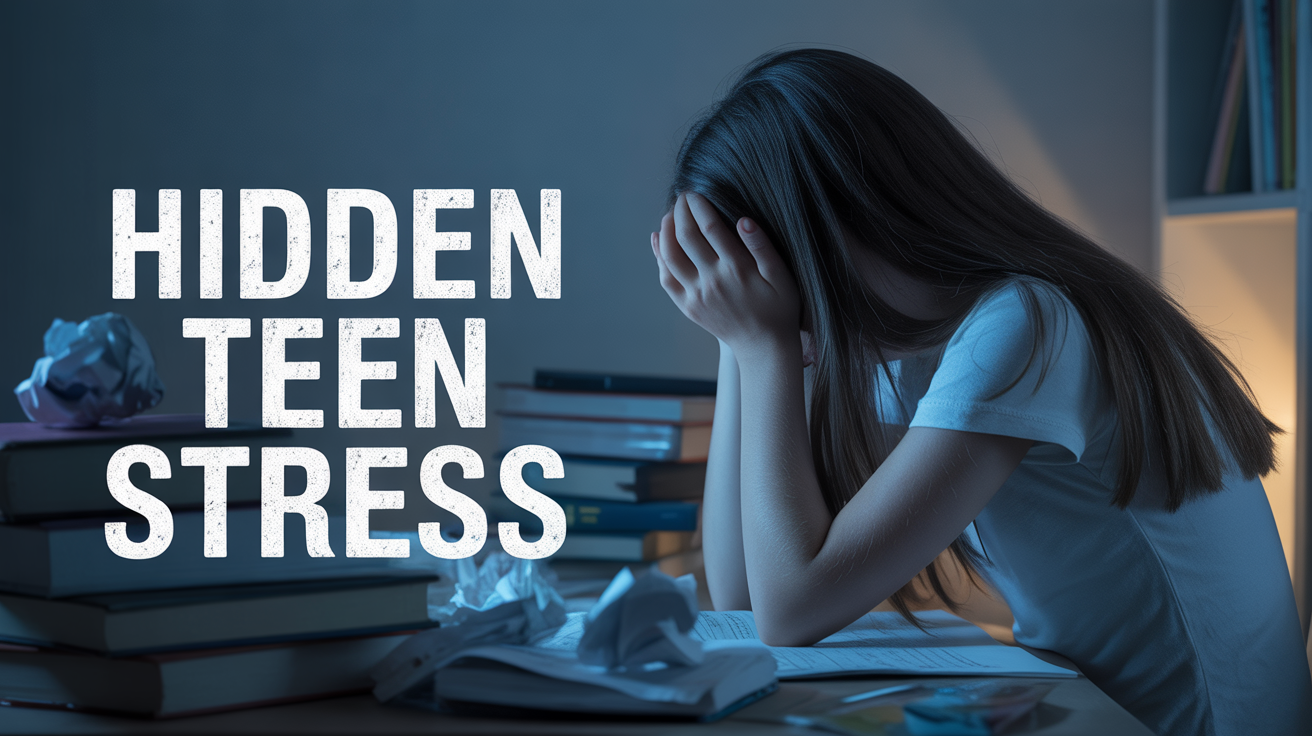Signs Of Stress In Teens: How to Recognize and Support Adolescents Experiencing Stress
Is your teenager showing signs of overwhelm that affect their daily life? Recognizing stress in teens early can prevent academic decline, emotional crises, and chronic health issues. In this article, we explore the key indicators of adolescent stress, the underlying causes from schoolwork to social media pressures, and the potential long-term effects on mental and physical well-being. You’ll learn when professional intervention is needed and discover how accessible virtual mental health programs from Adolescent Mental Health Services support teens through evidence-based therapies. By the end, parents, educators, and providers will have a clear roadmap to identify stress signals in adolescents and guide them toward effective care.
What Are the Common Signs of Stress in Teens?
Stress in teenagers is a physiological and psychological response to perceived demands that exceed their coping resources, triggering a cascade of symptoms. These signs fall into physical, emotional and behavioral, and cognitive categories. Identifying them empowers parents and educators to intervene before stress evolves into more serious conditions.
What Physical Symptoms Indicate Stress in Adolescents?
Physical symptoms of stress in adolescents appear as recurring headaches, digestive issues, and disrupted sleep patterns that undermine daily functioning.
| Symptom | Typical Presentation | Impact |
|---|---|---|
| Headaches | Frequent, tension-type head pain | Can disrupt school and activities |
| Stomachaches | Abdominal discomfort or cramps | May lead to missed meals and classes |
| Sleep Disturbances | Difficulty falling or staying asleep | Results in fatigue and concentration issues |
These physical warning signs can signal when stress becomes more than a passing discomfort and warrants attention. Next, emotional and behavioral shifts often mirror these bodily reactions.
Physical Symptoms of Stress in Adolescents
Adolescents experiencing stress often exhibit physical symptoms such as headaches, stomachaches, and sleep disturbances. These physical manifestations can significantly disrupt daily functioning, impacting school performance and overall well-being. Recognizing these signs early is crucial for timely intervention and support.
This research supports the article’s discussion of the physical symptoms of stress in adolescents, providing a foundation for understanding the impact of stress on their daily lives.
How Do Emotional and Behavioral Changes Show Stress in Teens?

Emotional and behavioral shifts reflect how stress affects a teen’s mood and actions through irritability, withdrawal, and impulsive behaviors.
- Irritability leads to frequent mood swings and short tempers.
- Social withdrawal results in reduced interaction with friends or family.
- Risk-taking behaviors may include substance experimentation or defiance.
- Loss of interest in hobbies, sports, or school activities.
Noticing these emotional and behavioral changes helps adults offer timely emotional support before maladaptive coping strategies develop. Alongside emotions, stress also impacts cognitive patterns.
What Cognitive Signs Should Parents and Educators Watch For?
Cognitive indicators of stress manifest in disrupted concentration, negative self-talk, and academic decline that hinder learning outcomes.
- Difficulty focusing on tasks or lectures.
- Frequent forgetfulness and missed deadlines.
- Persistent negative thoughts about self-worth.
- Drop in grades despite effort and attendance.
Awareness of these cognitive red flags enables targeted interventions like study adjustments or counseling. Having identified these symptom clusters, it is crucial to examine what drives stress in adolescents.
What Are the Main Causes of Stress in Teenagers?
Teen stress often stems from diverse pressures that activate a heightened physiological stress response, impacting mental well-being. Common triggers include rigorous academic demands, social media comparisons, and complex family and peer dynamics. For example, exam seasons can intensify cortisol levels, while online peer interactions may magnify feelings of inadequacy. Understanding these causes is essential for crafting supportive environments that mitigate stress.
How Does Academic Pressure Contribute to Teen Stress?
Academic pressure drives teen stress by creating performance expectations that challenge their developmental coping skills.
- Heavy workloads from multiple courses and assignments.
- Competitive grading that emphasizes ranking over mastery.
- College readiness demands like standardized tests and applications.
- Extracurricular overload requiring time management beyond capacity.
Reducing academic stress through balanced workloads and realistic goals can improve resilience. Beyond the classroom, digital influences play a major role.
What Role Does Social Media Play in Adolescent Stress?
Social media amplifies stress in teens by exposing them to constant peer comparisons and cyberbullying, which erode self-esteem.
- Highlighted images set unrealistic beauty and lifestyle standards.
- Fear of missing out (FOMO) fuels anxiety about social inclusion.
- Online harassment or exclusion creates chronic emotional strain.
- Late-night screen time disrupts sleep and heightens restlessness.
Limiting social media exposure and fostering media literacy supports healthier self-perception.
The Impact of Social Media on Teen Stress
Social media use can amplify stress in teenagers due to constant peer comparisons and cyberbullying, which can erode self-esteem. Exposure to unrealistic beauty standards and the fear of missing out (FOMO) contribute to anxiety and emotional strain. Limiting social media exposure and promoting media literacy are key strategies.
This study provides evidence for the negative impacts of social media on adolescent mental health, which aligns with the article’s discussion of social media’s role in teen stress.
How Do Family and Peer Relationships Affect Teen Stress Levels?
Supportive family and peer relationships either buffer or exacerbate teen stress depending on communication quality and conflict levels.
- Frequent family conflict or instability increases anxiety.
- High parental expectations add performance pressure.
- Peer rejection or bullying undermines social confidence.
- Overprotective or critical feedback restricts autonomy.
Strengthening open communication channels within families and peer groups fosters protective social support that reduces stress. While causes vary, persistent stress can have deep health implications.
What Are the Long-Term Effects of Chronic Stress on Teens?
Chronic stress in adolescents triggers prolonged activation of the body’s stress response, which can alter development and health trajectories. Over time, elevated cortisol levels reshape neural pathways and increase vulnerability to anxiety, depression, and physical ailments. For instance, constant stress hormone release can impair immune function and brain structure. Exploring these long-term effects underscores the importance of early intervention.
How Can Chronic Stress Impact Teen Mental Health?
Chronic stress heightens the risk of mood disorders by dysregulating neurotransmitter systems and impairing emotional regulation.
- Development of anxiety disorders featuring constant worry.
- Onset of major depression marked by persistent sadness.
- Increased substance misuse as a maladaptive coping strategy.
- Suicidal ideation when distress becomes overwhelming.
Targeted mental health support can interrupt this cycle and promote recovery. Beyond mental health, chronic stress also affects physiological systems.
What Are the Physical and Neurobiological Consequences of Prolonged Stress?
Prolonged stress rewires the adolescent brain and undermines physical health through sustained hormonal imbalances.
| Consequence | Mechanism | Long-Term Effect |
|---|---|---|
| Altered Cortisol Response | HPA axis dysregulation | Increased anxiety risk |
| Brain Structure Changes | Amygdala hyperactivity | Heightened emotional reactivity |
| Immune Suppression | Chronic cortisol elevation | Greater illness susceptibility |
These changes emphasize how unmanaged stress can compromise both neurological development and physical well-being. Given these impacts, knowing when to seek help is vital.
When Should You Seek Professional Help for a Stressed Teen?
Seeking professional support becomes necessary when stress symptoms persist or intensify, indicating that self-help strategies and informal support are insufficient. Early intervention helps prevent escalation into clinical disorders. Recognizing intervention thresholds ensures teens receive timely therapeutic guidance.
What Are the Warning Signs That Indicate the Need for Intervention?
Warning signs for professional help include suicidal thoughts, self-harm behaviors, severe withdrawal, and academic breakdowns that last over weeks.
- Expressions of hopelessness or talk of ending life.
- Self-injurious actions such as cutting or burning.
- Complete social isolation from friends and activities.
- Dramatic decline in grades or school attendance.
- Intense irritability or anger posing safety risks.
These red flags signal the need for professional evaluation to safeguard teen well-being. After identifying warning signs, caregivers can facilitate early support.
How Can Parents and Educators Facilitate Early Support?
Parents and educators facilitate early support by responding to stress signals with active listening, empathy, and referrals to mental health professionals.
- Create safe spaces for open, nonjudgmental conversation.
- Validate feelings and encourage emotional expression.
- Coordinate with school counselors or pediatricians.
- Monitor follow-through on treatment and track progress.
Proactive engagement and collaboration with professionals strengthen the support network for stressed teens. Beyond in-person care, virtual programs expand access to specialized mental health services.
How Can Virtual Mental Health Programs Help Teens Manage Stress?

Virtual mental health programs support teens by delivering evidence-based therapies online, ensuring continuity of care and privacy for sensitive issues. These accessible services improve treatment engagement and reduce barriers like travel and stigma. For example, cognitive behavioral therapy modules tailored for adolescents can be accessed from home. Understanding virtual care benefits highlights why these programs are an effective resource for stressed teens.
What Are the Benefits of Online Therapy for Adolescents?
Online therapy offers flexible scheduling, reduced stigma, and immediate access to licensed therapists, which fosters consistent support.
- Convenience of sessions from home or school.
- Comfort of familiar environments that encourage honesty.
- Anonymity that reduces fear of judgment.
- Continuity across transitions like moving or school changes.
- Access to diverse therapeutic approaches in one platform.
These benefits collectively enhance teen engagement and improve therapeutic outcomes.
Benefits of Virtual Mental Health Programs
Virtual mental health programs offer several advantages for teens, including flexible scheduling, reduced stigma, and immediate access to licensed therapists. These programs provide convenience, comfort, and anonymity, which can encourage honesty and improve therapeutic outcomes. They also offer continuity across transitions and access to diverse therapeutic approaches.
This review supports the article’s claims about the benefits of online therapy for adolescents, highlighting the effectiveness of virtual mental health programs.
How Do Virtual Programs Deliver Effective Stress Management?
Virtual programs deliver stress management through structured modules, live sessions, and interactive tools that teach coping skills in real time.
- Guided CBT exercises with progress tracking.
- Live mindfulness and relaxation sessions.
- Interactive journals and mood-monitoring apps.
- Peer support forums moderated by professionals.
This multimodal delivery ensures personalized and adaptive stress reduction strategies. To meet diverse needs, these services offer multiple therapy types.

What Types of Therapy Are Offered in Virtual Mental Health Services?
Virtual mental health services for teens include cognitive behavioral therapy, dialectical behavior therapy, and family therapy, each targeting specific stress-related challenges.
- Cognitive Behavioral Therapy (CBT) to reframe negative thoughts.
- Dialectical Behavior Therapy (DBT) to enhance emotional regulation.
- Solution-Focused Brief Therapy for goal-oriented coping.
- Mindfulness-Based Stress Reduction to promote present-moment awareness.
- Group Therapy sessions that build peer support.
These varied approaches enable tailored care that addresses cognitive, emotional, and relational aspects of stress. Combining these treatments supports holistic teen well-being.
Adolescent stress requires both early recognition and comprehensive support to prevent lasting harm. By understanding physical, emotional, and cognitive signs, caregivers can address root causes ranging from academic load to social pressures. When red flags appear, partnering with mental health professionals—whether in person or through virtual programs—ensures timely, evidence-based treatment. Reach out to Adolescent Mental Health Services to explore our specialized virtual mental health programs and give your teen the tools they need to thrive.









